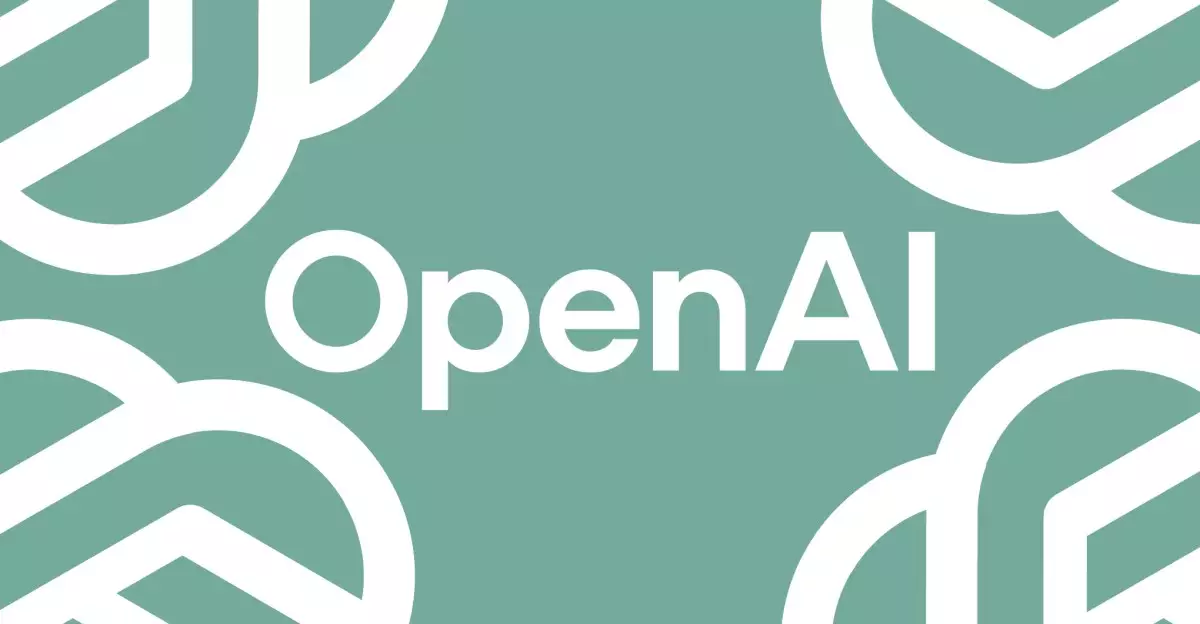In the fast-paced realm of artificial intelligence, OpenAI’s announcement of the GPT-4.1 multimodal model marks a significant advancement, especially as the anticipation for GPT-5 stretches further into the future. The latest model, succeeding the GPT-4o, presents not just incremental improvements but a substantial leap in capabilities, particularly in its broader context window and enhanced performance metrics. This strategic move reflects OpenAI’s continued commitment to push the boundaries of AI technology while effectively responding to the dynamic demands of developers and users alike.
Enhanced Context Handling and Affordability
One of the most noteworthy features of GPT-4.1 is its ability to process up to one million tokens, a remarkable upgrade from GPT-4o’s limit of 128,000 tokens. This leap in context length opens the door for developers to create applications that require extensive comprehension and collaboration across various forms of content, including text, images, and videos. The model’s design ensures it can efficiently manage this massive influx of information, allowing it to discern relevant input while filtering out distractions more effectively than its predecessor. Particularly for those in the coding and instructional domains, these improvements can lead to more robust and reliable AI interactions.
Moreover, the introduction of scaled-down versions like GPT-4.1 Mini and GPT-4.1 Nano caters to a broader audience of developers, particularly those with budget constraints. At 26% lower costs compared to GPT-4o, the new models emphasize a trend towards resource efficiency in AI development. In an age where economic considerations are paramount, this aspect of GPT-4.1 cannot be overstated—it democratizes access to powerful AI tools that can drive innovations across myriad sectors.
Strategic Landscape Shifts
OpenAI’s decision to phase out the GPT-4 model by April 30 illustrates a strategic transition for the company. By positioning GPT-4.1 as a “natural successor,” OpenAI not only aligns its offerings with evolving technological standards but also responds to competitive pressures, particularly from emerging AI models like DeepSeek’s ultra-efficient alternative. This context underscores a crucial aspect of the AI industry: the necessity for constant evolution. As OpenAI adapts and updates its model lineup, it also addresses the changing preferences and needs of developers and users—people who are increasingly seeking AI solutions that combine power with performance and efficiency.
Additionally, GPT-4o’s recent updates to enhance image-generation capabilities reveal a keen understanding of market demand. The overwhelming response to these features illustrates how user interaction can drive further innovations. However, the limitations placed on requests due to overwhelming demand signal a need for scalability, something that OpenAI seems to have prioritized with the new 4.1 models.
Anticipating the Future: What Lies Ahead?
The postponement of GPT-5 indicates not only a prioritization of quality over immediacy but also reflects an agile approach to developmental timelines in AI, allowing for the integration of more robust features and responses to existing model performances. As OpenAI prepares for this next phase, the implications extend beyond mere product updates; they speak to a larger narrative about the evolution of AI and its integration into daily life.
As we witness these developments unfold, the anticipation surrounding GPT-4.1 and what it heralds for the future remains exhilarating. The innovations within this model suggest not just a technical upgrade, but a philosophical shift in how AI can be harnessed for creativity, problem-solving, and enhancing human capabilities in unprecedented ways.


Leave a Reply